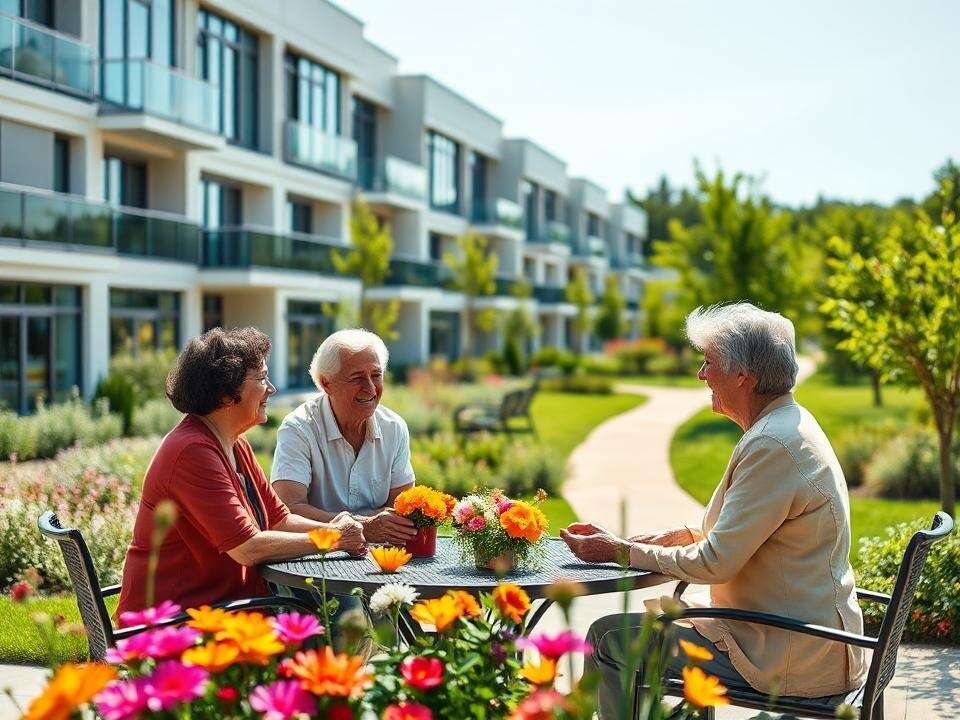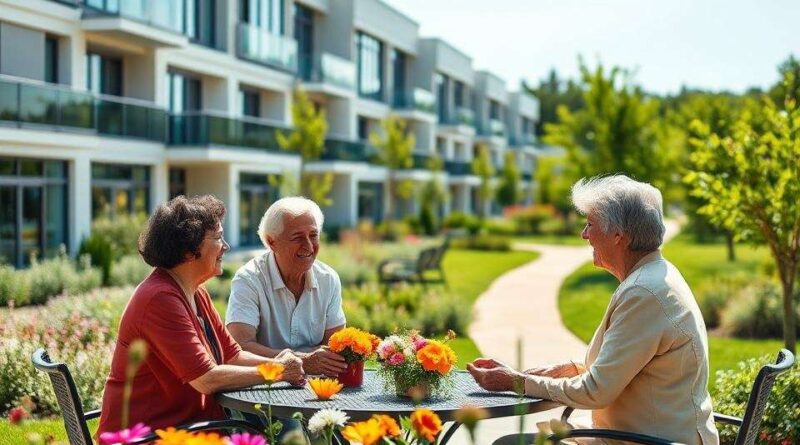India’s aging population spurs demand for holistic senior housing models, ET RealEstate

NEW DELHI: With India’s senior dependency ratio set to rise from 10% to 22% by 2050, and preference shifting to services over ownership, according to a recent report by Capgemini, real estate developers are rethinking how they design, market, and scale senior living.
Industry leaders are seeing this not just as a housing segment, but as a comprehensive care ecosystem that merges medical, social, and emotional well-being.
Antara Senior Care, backed by the Max Group, has integrated healthcare across its offerings, from preventive diagnostics in partnership with Dr. Lal PathLabs to wearable wellness tech with boAt. “We’re building for continuity—from independent living to memory care, supported by in-house expertise and external partnerships,” said Rajit Mehta, managing director & CEO of the company.
Occupier profiles are also shifting. “In the north, residents are typically in their early 60s; in Chennai, it’s more in the 65–70 age bracket,” said Ankur Gupta, joint managing director, Ashiana Housing.
The trend aligns with Capgemini’s report, which forecasts rising urban senior populations and lifestyle-based spending over asset upgrades.
The focus is not just metro-centric. Companies are expanding into tier-II and tier-III cities, tapping demand in underserved urban clusters. “Cities like Shivamogga, Tirupati, and Hubli-Dharwad are next on our radar,” said Anantharam Varayur, co-founder, Manasum Senior Living.
Vedaanta Senior Living will invest ₹300 crore over three years, expanding beyond South India to western cities like Pune and Mumbai. “Recognizing that senior housing is a social need rather than just an economic opportunity, we have also expanded into tier-II cities,” said Shreya Anand, director of the company. Occupancy is high, and micro-community formats in Coimbatore and Thrissur are drawing family groups and peer clusters.
Operational learnings are shaping the next phase of development. “We realized early integration of sustainable materials and cross-trained healthcare-hospitality staff reduce costs and increase service responsiveness,” said Keshav Agarwal, director, Srijan Realty.
“For those who prefer flexibility over ownership, we have introduced a lease model, designed for individuals who do not wish to or cannot invest a lump sum, but still seek quality senior living,” said Shreya Anand, director, Vedaanta Senior Living.
Healthcare is the cornerstone across all formats. Projects now include 24/7 medical staff, tech-enabled panic alert systems, stretcher-compatible elevators, and partnerships with hospitals. “Healthcare is not an add-on—it’s embedded in the community design,” Gupta said.
Developers agree that the next wave of senior housing will rely on tech, urban connectivity, and customizable living formats to cater to a generation that is active, engaged, and increasingly self-directed. As occupancy grows and social acceptance strengthens, senior living is poised to become a mainstream residential category.
Capgemini’s findings show 46% of Indian seniors are prioritizing experiences over real estate upgrades, indicating a strong tailwind for senior living models focused on community, convenience, and health infrastructure.



